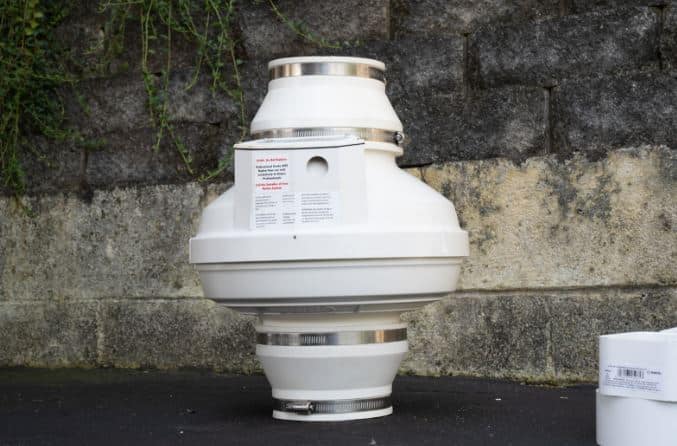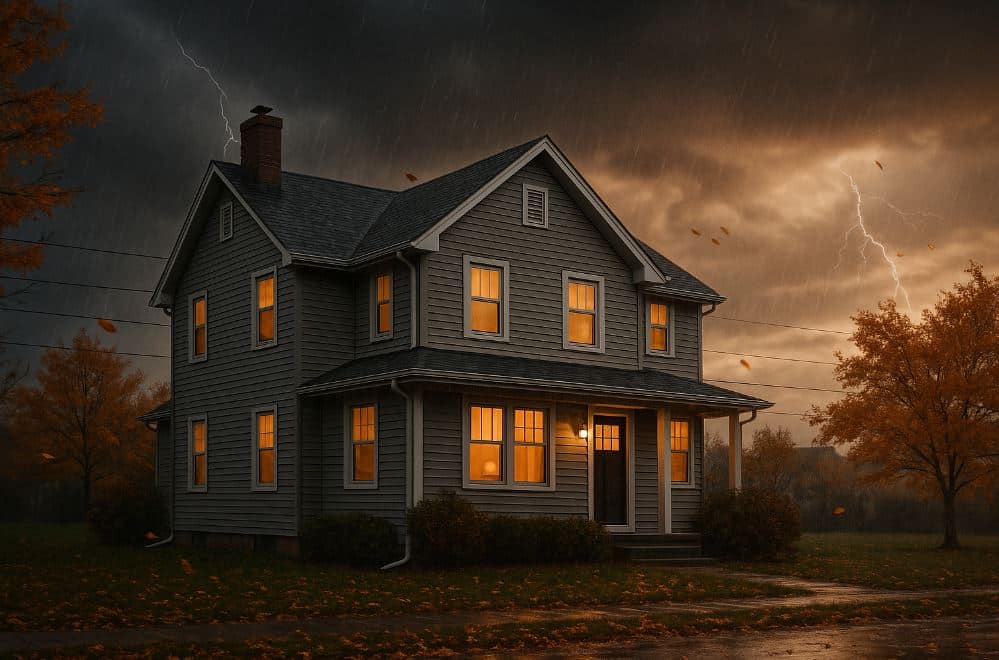
Radon Symptoms to Watch for This Fall
As the temperatures drop and windows start to close, most homeowners assume they’re sealing out the cold and sealing in comfort. But what if something else is getting trapped inside?
Radon is a naturally occurring gas that can rise through the foundation of a home without any smell, taste, or warning signs. And when fresh air stops flowing in, the risks can build up fast. Fall and winter are the seasons when radon levels tend to spike indoors, and because the symptoms are so subtle, many families don’t realize what’s happening until it’s already affecting their health.
If your home has a basement or crawl space, or if you’ve never had a mitigation system installed, now is the time to pay attention.
What Is Radon, and Why Does It Matter More in Colder Months
Radon is a radioactive gas that forms naturally in soil. It seeps upward through the ground and can enter your home through cracks in the foundation, sump pits, crawl space vents, or even porous concrete. Once inside, it becomes part of the air your family breathes.
During warmer months, open windows and regular airflow help dilute radon levels. But when winter arrives, and the house stays sealed tight, that same air has nowhere to go. Instead of escaping, radon builds up indoors. The result? Concentrated exposure, often in the places you spend the most time.
Homes with basements, crawl spaces, or slab-on-grade foundations are especially vulnerable. And because radon is invisible and odorless, the only way to know it’s there is through testing or by recognizing the long-term symptoms it can cause.
Common Symptoms of Radon Exposure
Radon exposure doesn’t cause an immediate reaction. It builds slowly over time, which is why many homeowners miss the warning signs, especially during the colder months when they spend more time indoors.
Unexplained shortness of breath
If you find yourself winded from simple activities or struggling to catch your breath while at home, it could be a sign of indoor air quality issues, including radon exposure.
Lingering cough that won’t go away
A dry, persistent cough, especially one that doesn’t improve over time, can point to long-term irritation from contaminants in your home’s air.
Fatigue or brain fog indoors
Feeling unusually tired, sluggish, or mentally cloudy at home may be your body’s way of reacting to poor air circulation or prolonged radon exposure.
Tightness in the chest or wheezing
If you experience chest discomfort, wheezing, or asthma-like symptoms indoors, especially in basements or lower levels, it may be more than just dry air.
Recurring respiratory infections
Frequent sinus infections, bronchitis, or other respiratory issues that seem to come back each fall or winter could be a sign that your indoor air needs attention.
Why Radon Symptoms Often Get Missed in Fall and Winter
Colder weather brings more than just heavy jackets and holiday plans; it changes how your home breathes. Windows stay shut. Airflow slows down. And people spend more time inside, often unaware that the air around them is changing too.
Radon exposure rarely feels urgent at first. A mild cough or some fatigue might get blamed on dry air, allergies, or even just the winter blues. But as the season stretches on, those small signs can turn into long-term exposure risks.
Because radon is invisible and odorless, homeowners often assume their homes are safe just because they “feel sealed.” But the truth is, radon doesn’t need a big gap to get in. Even a tiny crack in the foundation or a vent left unsealed is enough to allow gas from the soil to rise and get trapped inside.
By the time symptoms show up clearly, radon levels have often been elevated for months.
What You Can Do Today
If you’re noticing the signs of poor indoor air, or if you’ve never tested your home for radon, this is the time to act.
Start by checking your home’s radon levels with a reliable test from a certified provider. If the results show elevated readings, don’t wait. Radon is the second leading cause of lung cancer in the U.S., but the good news is that it’s fixable.
At SafeBasements, we install proven radon mitigation systems designed to safely vent radon gas out of your home and keep it from returning. Our systems are installed by trained professionals, customized for your foundation type, and built to work year-round, even in tough Midwest winters.
We don’t offer radon testing or test kits, but if you already know your home has high radon, or if you’re planning, we’re here to help.
Know What You’re Breathing This Fall
Radon exposure doesn’t feel like an emergency until it is. If your home has a basement or crawl space, or if you’ve never had a mitigation system installed, now is the time to protect the air your family breathes.
Contact SafeBasements today to learn more about our radon mitigation systems. We’ll walk you through your options and help make your home safer, drier, and healthier this season and every season after.




